A Room With a View (of Your Target): 10 Top Spy Hotels From Watergate to the Ritz
Finding the right hideout is just as important as having the top gadgets for spies. James Bond and ‘M’ may have their secret lairs, but real-life operatives often make do with a secure hotel while on a mission.
That's where our top spy hotels come in. They offer the perfect blend of discretion and mystery - ideal locations for secret meetings, undercover surveillance, or a dry martini with a view of the lobby.
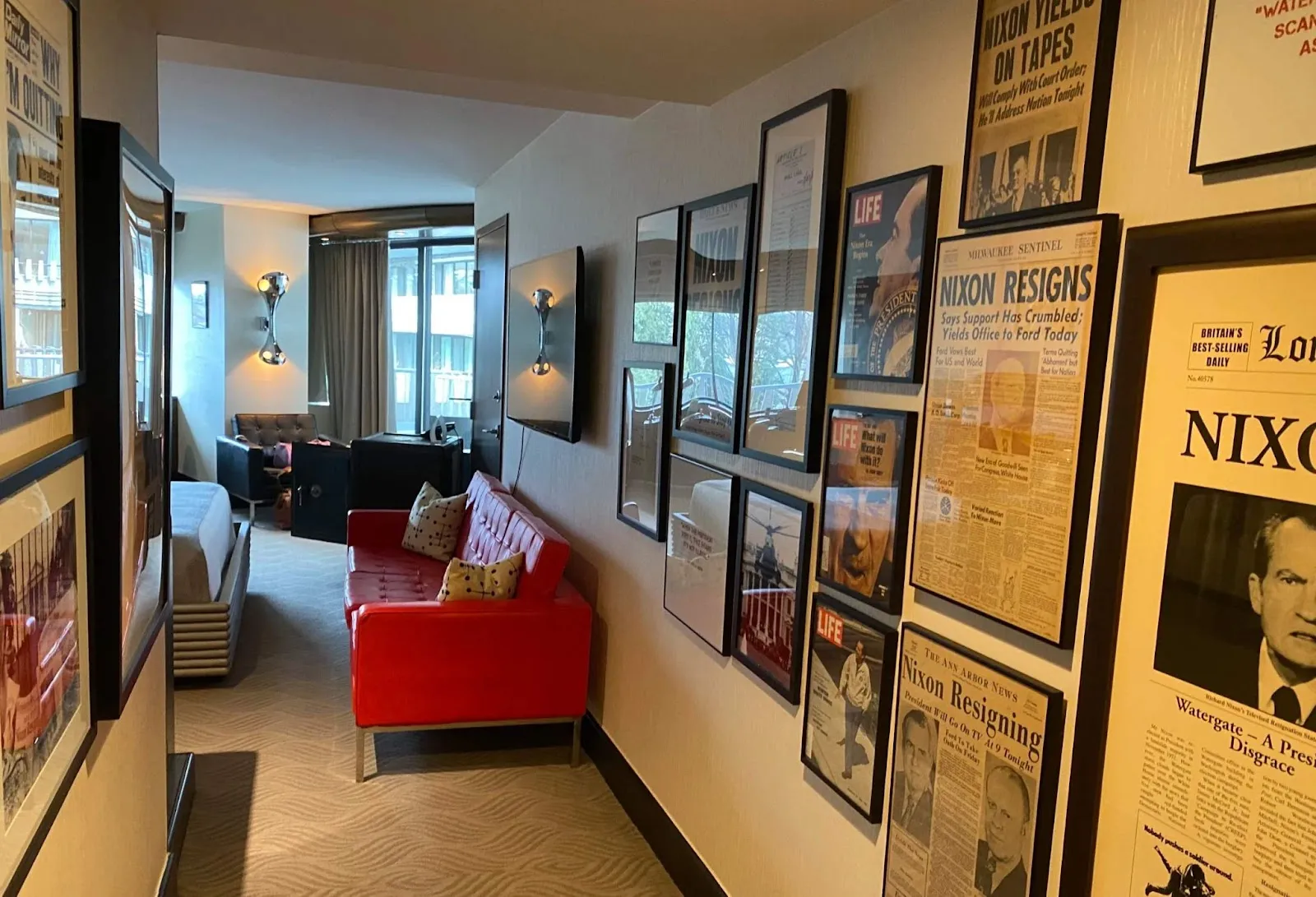
1. The Watergate Hotel, Washington, D.C.
Is there a building on earth that whispers ‘scandal’ as intriguingly as the Watergate complex where President Richard Nixon's team of plumbers imploded during the break-in of the century? Built in 1965, the six-building complex - an office tower, residences, and the hotel - is synonymous with spies. Guest key cards say, 'No need to break in' with a phone number 617-1972 (June 17, 1972), the date of the Democratic National Committee headquarters burglary. Ask for Room 205, the ‘Scandal Room’ which includes a reel-to-reel recorder as a nod to Nixon’s Oval Office secret recordings.
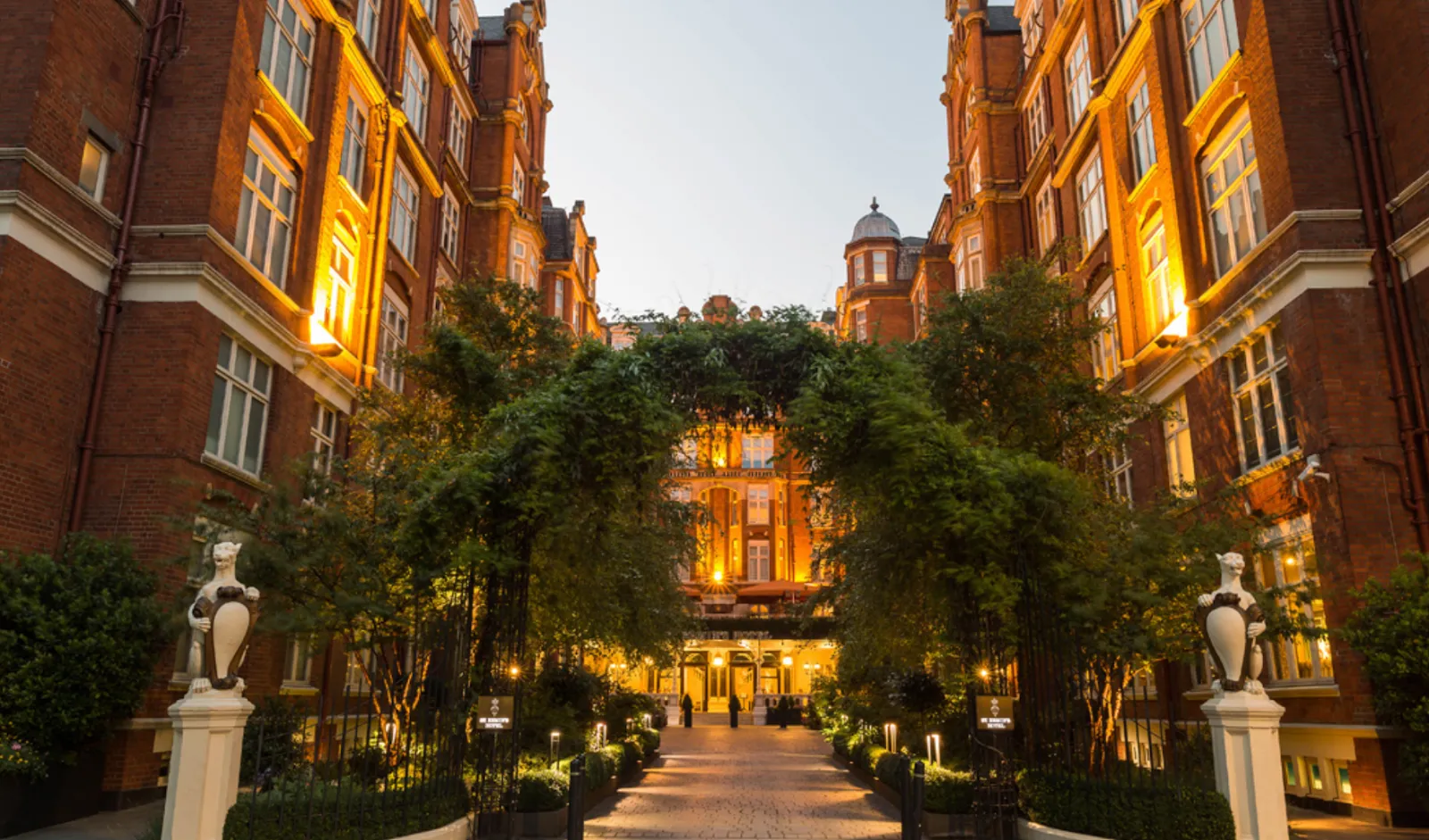
2. St. Ermin's Hotel, London
Just steps from Parliament, London’s St. Ermin’s has long been a favorite with the Secret Intelligence Service (MI6). Initially, it was the unofficial HQ of Section D - for Destruction - the place where British spies plotted to target Germany's electricity industry, railways, and food supplies. Later, it became home to the Special Operations Executive tasked with ‘setting Europe ablaze’. James Bond author Ian Fleming and British traitor Kim Philby worked from offices in the building. During the Cold War, Russian defector Guy Burgess handed over top-secret government files to his Russian handler in the hotel’s Caxton Bar. Why not drop by for the SOE display and a glass of champagne? Britain’s wartime PM Winston Churchill certainly indulged.
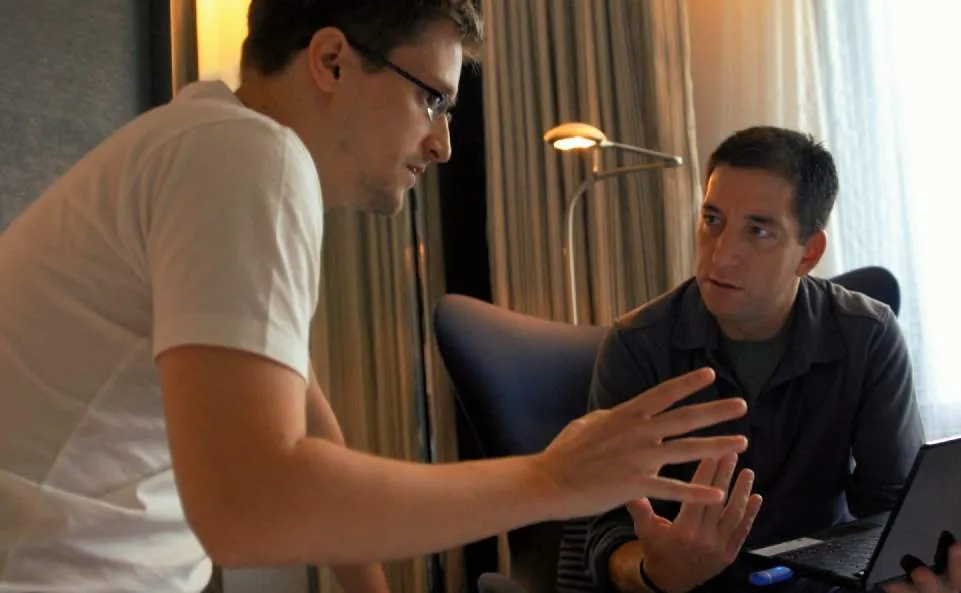
3. Edward Snowden’s Mira Hotel room, Hong Kong
Edward Snowden’s Hong Kong hideout was a swanky five-star hotel but there was no time to enjoy the spa. Snowden was holed up and surviving on room service for much of the three, nail-biting weeks in 2013. His real-life spy drama unfolds in the Oscar-winning Citizenfour (2014) documentary featuring Snowden and journalist Glenn Greenwald (right). The Mira also has a starring role. While on the run, journalists and spies used a photo of the spherical lamp as a clue to find his location. He remained in Kowloon for 21 nights before mysteriously disappearing, later resurfacing in Moscow. Was the NSA contractor who stole US secrets a hero or a traitor? A decade later the debate rages on.
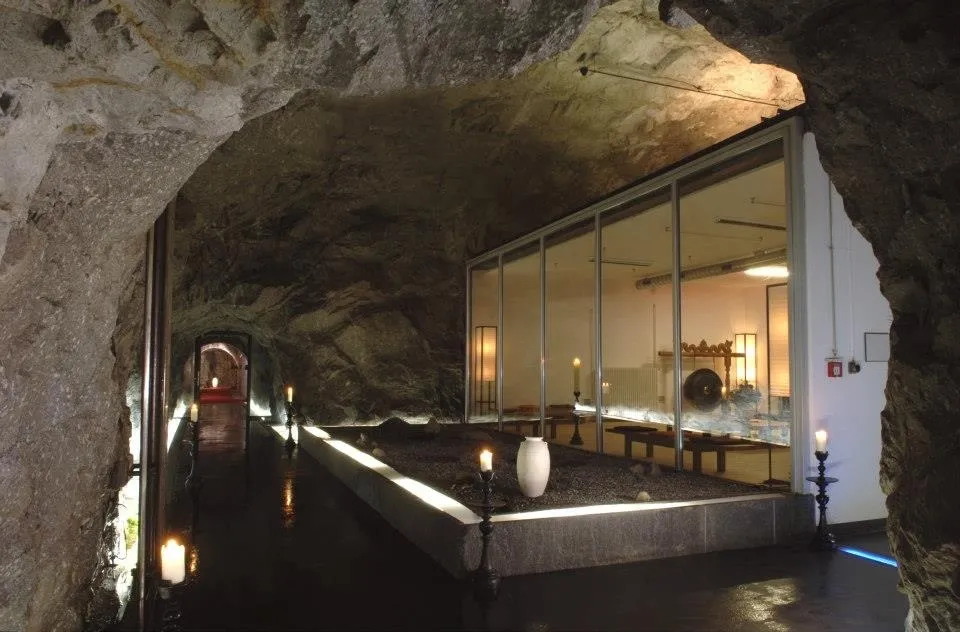
4. Swiss hotel Felsenhotel La Claustra, ex-Army bunker
Felsenhotel La Claustra is a restored underground military fortress with stone corridors blasted by dynamite - the perfect getaway for those who want a room without a view. Its USP is privacy. This is how Swiss WWII soldiers lived (without the luxury of an underground four-star hotel dining room and swimming pool, of course) when facing Nazi forces and the prospect of fighting to the death. The 17-room hotel is buried in the Gotthard mountain range. One of the rooms even has a 10m gun sticking out of it.
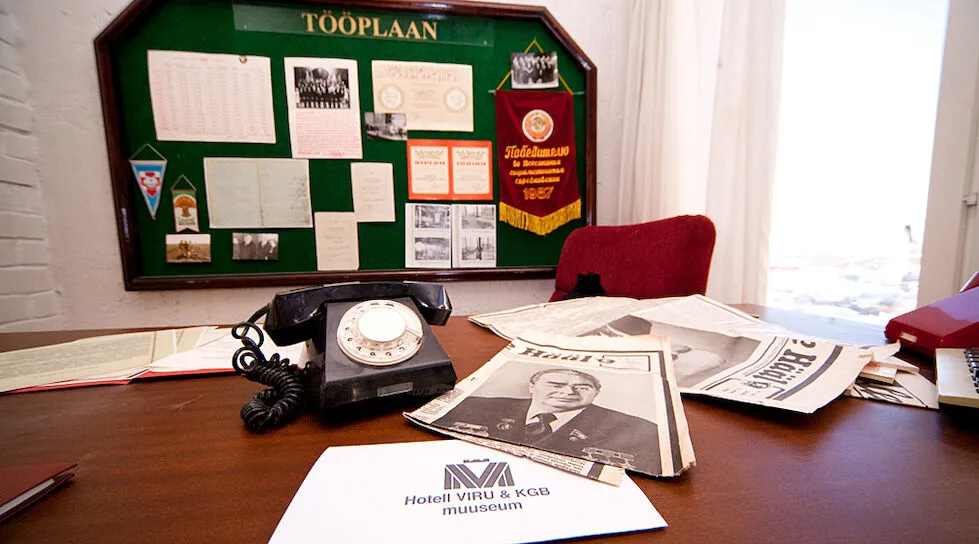
5. Viru Hotel, Tallinn, Estonia
The Viru was once a crown jewel in the Soviet Intourist hotel chain, a ‘70s high-rise for foreigners with a KGB listening post on the 23rd floor. The KGB control center can still be accessed through a stairway leading to a hidden room where surveillance teams bugged 60 of the 423 hotel rooms. The sauna and second-floor cocktail bar were also bugged - a little kompromat could go a long way toward persuading guests to support Soviet policies. The KGB listening post has been turned into a museum so you can check into the hotel and book tickets - or you can try it the old-school way and snoop around.
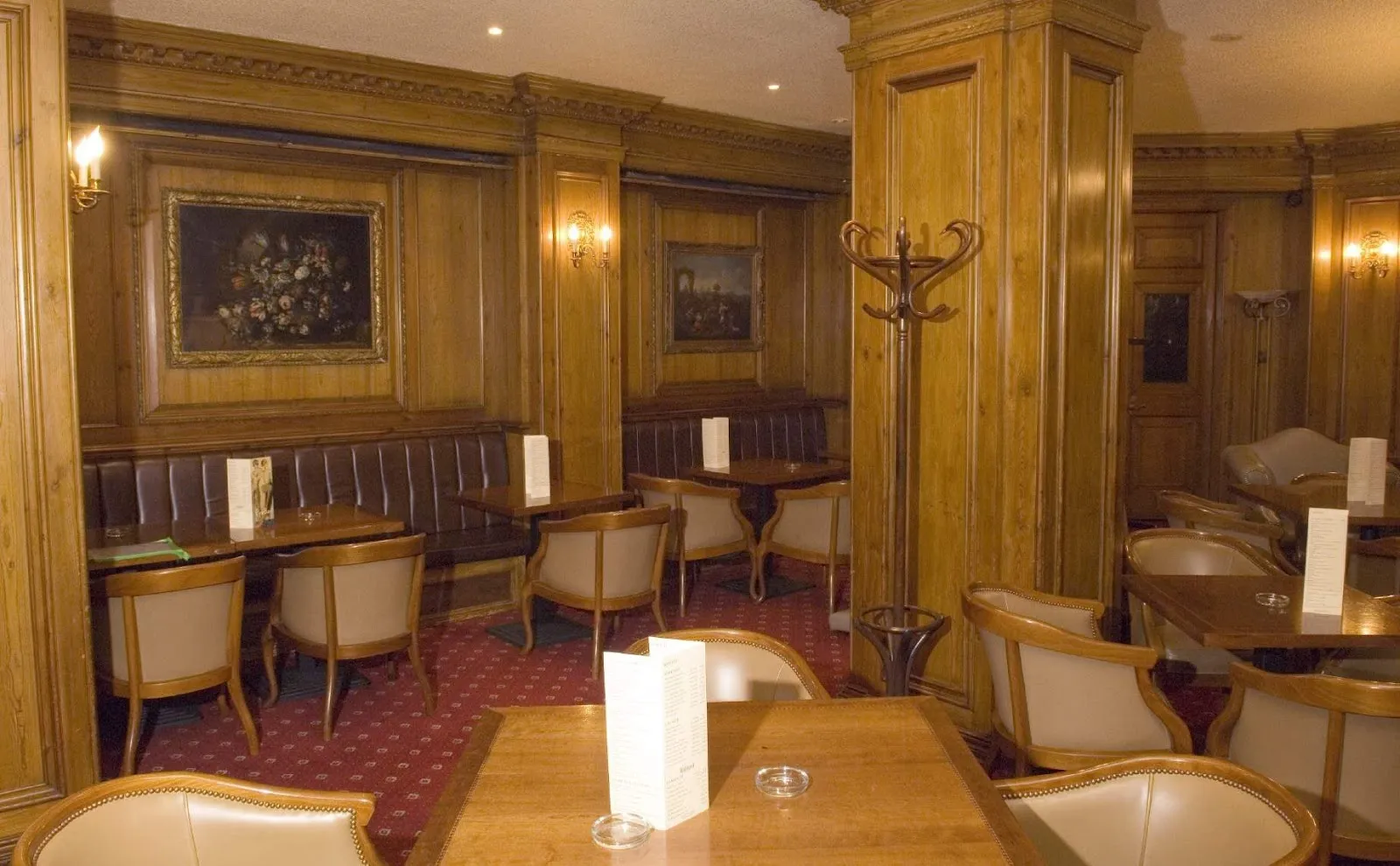
6. The Millennium Hotel, Mayfair, London
The Millennium Hotel may not look like the most intriguing location in central London yet it rocked the headlines in 2006 after former Russian FSB and KGB officer Alexander Litvinenko joined two colleagues in the Millennium Pine Bar. One man was expensively dressed with a large gold watch. He asked if Litvinenko would like some of the tea he’d bought earlier. Litvinenko, an exile living in London, accepted although after a few sips decided the tea tasted odd. Litvinenko was dead three weeks later, the first confirmed victim of lethal polonium-210-induced acute radiation syndrome. On his deathbed, Litvinenko blamed Moscow and poison.
"The brand new social experience where you activate your gaming skills as you train like a spy."
- TimeOut
Take on thrilling, high-energy espionage challenges across different game zones.
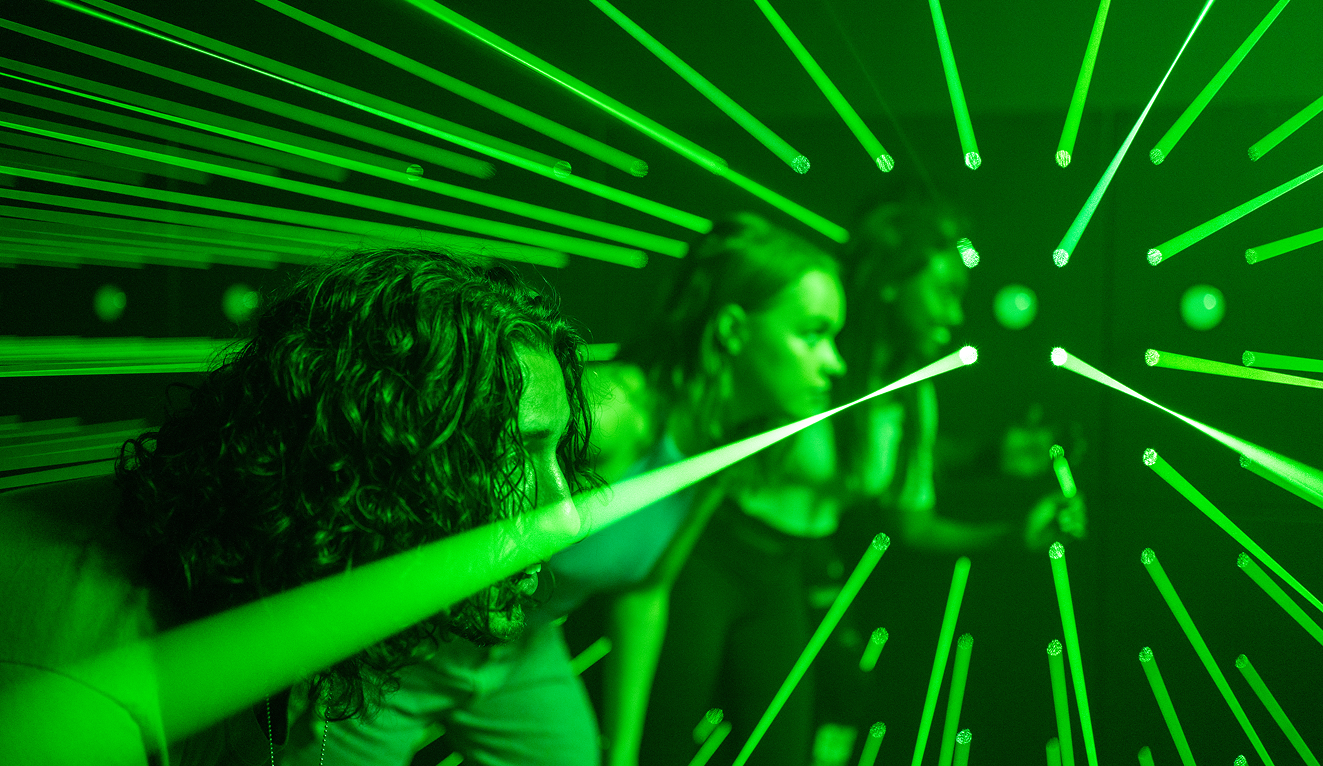
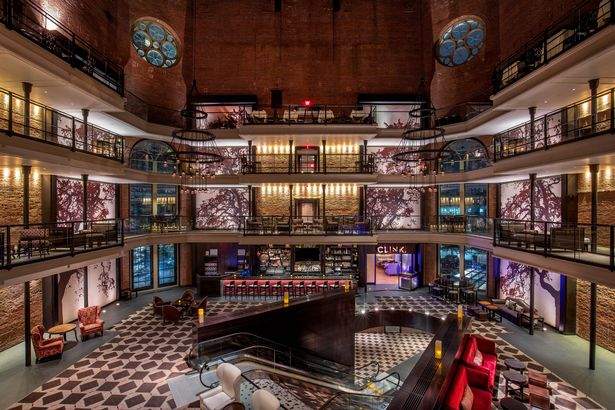
7. Boston’s Liberty Hotel, a prison break
While it may not be everyone's idea of luxury, a surprising number of prison hotels have sprung up including Boston's chic Liberty Hotel. Enjoy the Beacon Hill neighborhood and take in the hotel tour of the Charles Street Jail - former home of FBI target Malcolm X and prisoners from two WWII German U-boats. Just to make the experience more surreal, you will be offered a complimentary glass of champagne as you mull over the difficult prison conditions. (Tours are by reservation only.) If you’re looking for even more locked-down lessons, try Stockholm’s Langholmen, a former correctional facility dating back to 1724 and the Ottawa Jail Hostel in Canada, former home of convicted assassin Patrick Whelan. There's also another option if you are in need of a reality check. Stay overnight in a former jail cell at Karosta Prison hotel in Liepaja, Latvia - the only military prison in Europe open to tourists.
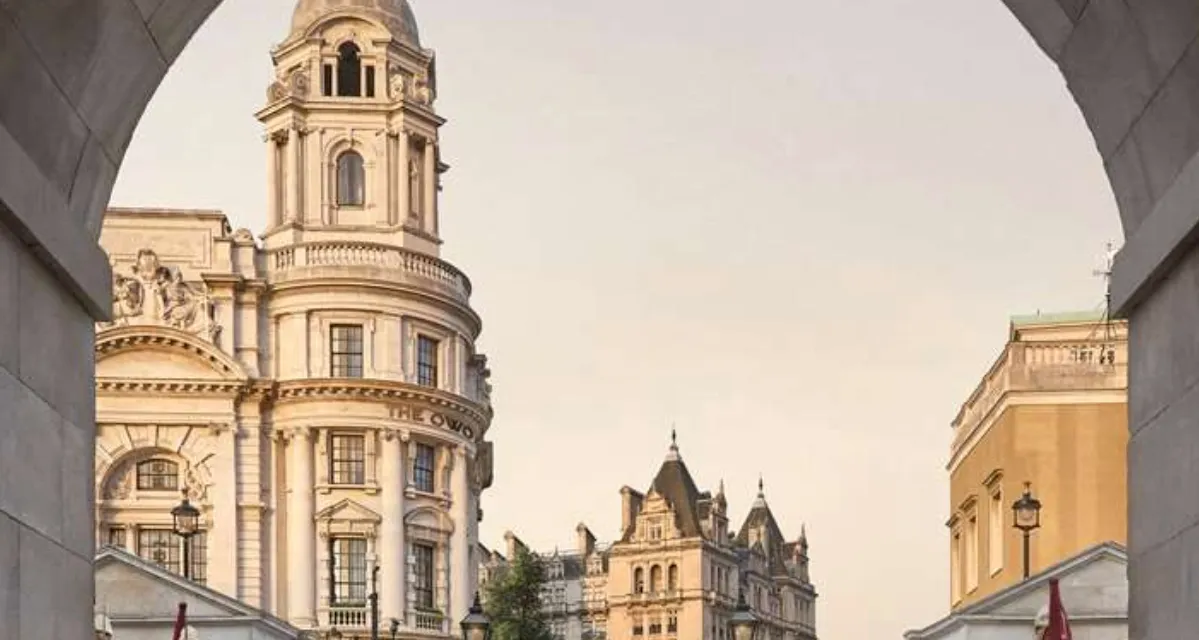
8. The Old War Office, London
Step through the grand arched doors of London's historic Old War Office, a fortress of British secrets and power hidden from the public eye for nearly 120 years. Formerly a hub for political giants, spies, and military masterminds, this opulent structure, designed by architect William Young, witnessed the shaping of the 20th century's pivotal events. In 2023, it reopened as residences and a 120-room luxury hotel, OWO. Agents and spy chiefs regularly visited the Old War Office for meetings, discussions, and orders. Christine Granville (aka Krystyna Skarbek) - the daring WWII agent who skied across borders, outwitted the Gestapo, and became Churchill's favorite spy - was one of the more infamous visitors. Today, her triumphs, and those of other extraordinary women, are commemorated with suites named in their honor.

9. Hotel 1 Lexham Gardens, London
Polish World War II spy and Countess Krystyna Skarbek (aka Christine Granville) was the inspiration for Ian Fleming’s first Bond girl, Vesper Lynd. She risked her life in Nazi-occupied Europe working for Britain’s Special Operations Executive. Sadly, Skarbek survived the war only to be murdered by someone she knew intimately in the lobby of a three-star boutique hotel in London now known as 1 Lexham Gardens. An ex-lover, Dennis Muldowney - furious that she’d burned his love letters - followed Skarbek into the hotel lobby in 1952 and stabbed her in the chest. He remained by her body until the police arrived, admitted the murder, and asked to be executed hoping they would be reunited in death.

10. Ritz, Paris
World-renowned French designer Gabrielle ‘Coco’ Chanel was known by her Nazi handlers as Agent F-7124. She mingled with the world’s power brokers and cozied up to a Nazi officer in German military intelligence when they lived at the Ritz Paris hotel, but whose side was she really on? After WWII, Chanel successfully re-established herself and settled her legal dispute with the company's majority shareholder. After eight years in exile, Chanel returned to Paris and the Ritz where she died in her hotel suite, age 87, having lived up to her mantra: "I don’t care what you think of me. I don’t think of you at all."
HONORABLE MENTION
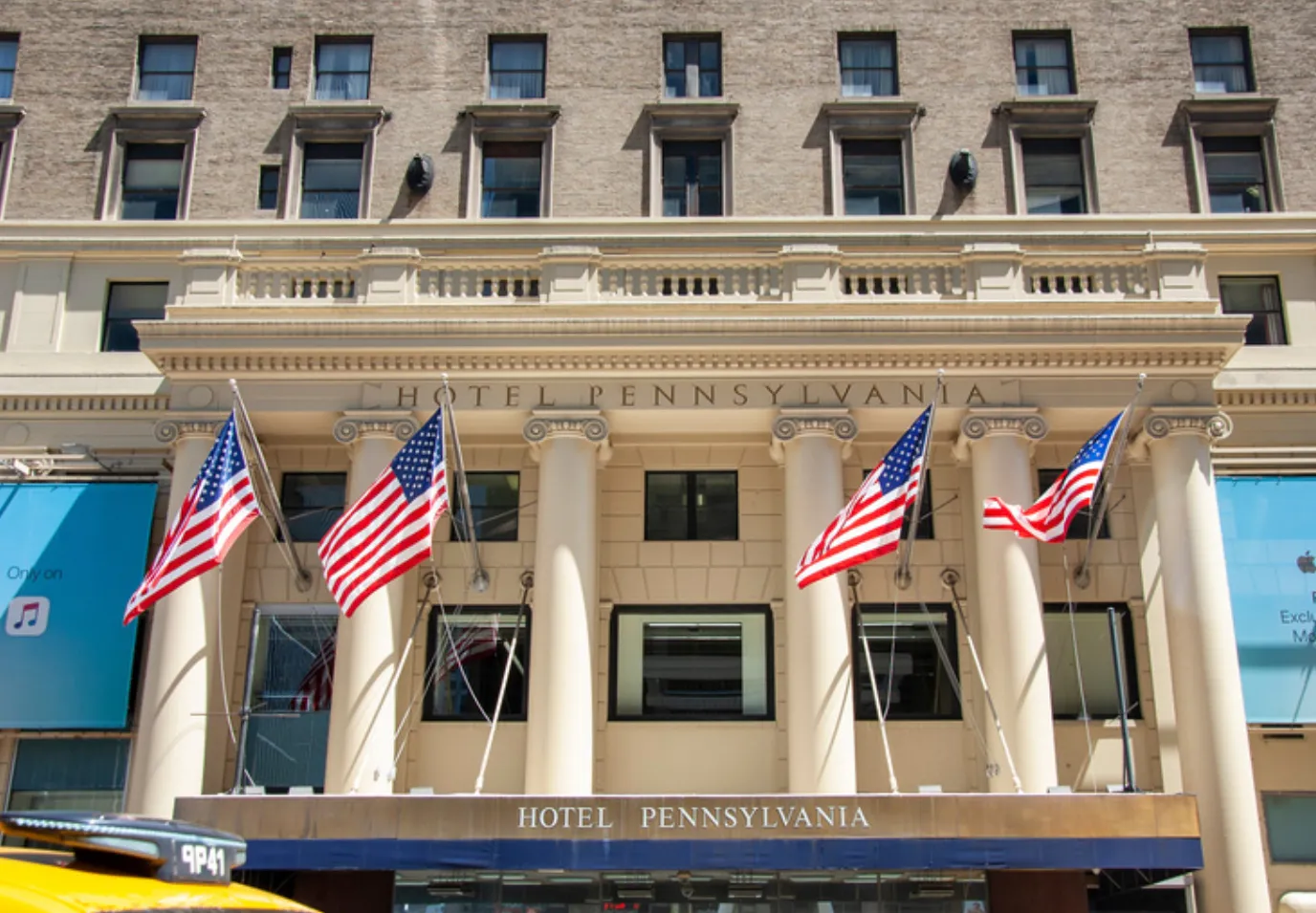
Hotel Pennsylvania, New York City
You won’t be able to check into Hotel Pennsylvania any longer but you may catch a fleeting glimpse of the formerly Statler Hilton before the wrecking ball demolishes the grand old lady. Built in 1919, the hotel has hidden many secrets but none perhaps so dark as that of former CIA scientist and officer Frank Olson who fell - or was he pushed? - from the window of his Manhattan hotel room in 1953. Olson died on the sidewalk in his undershirt and shorts at about 2 am. The official verdict was suicide, but a second autopsy raised questions - although not proof - of a possible homicide. Even more mysteriously, Olson wasn’t alone in the room at the time of his death. Another CIA officer was present. Olson’s family and many others have been searching for answers in a hall of mirrors ever since.

The Radisson Hotel, aka Oslo Plaza, Norway
‘Jennifer Fairgate’, a woman in her mid-20s, checked into Room 2805 of the Oslo Plaza hotel on May 31, 1995, and triggered one of the great mysteries of our times. ‘Oslo Woman’, as she is known, didn’t provide a credit card so a security guard visited her room to collect one. Outside, he heard a loud noise. Within 15 minutes, hotel staff found her body with a bullet to the forehead. There was no blood on her hands. Oslo Woman had no ID. Her clothing tags were missing. There was no hairbrush or toiletries to gather DNA evidence, and acid had been used to remove the registration number from the gun. Police said they were 99.9% certain the death was a suicide and closed the case in 1996. Others believe ‘Jennifer’ was an executed secret agent but the mystery remains… why?
SPYSCAPE+

Join now to get True Spies episodes early and ad-free every week, plus subscriber-only Debriefs and Q&As to bring you closer to your favorite spies and stories from the show. You’ll also get our exclusive series The Razumov Files and The Great James Bond Car Robbery!
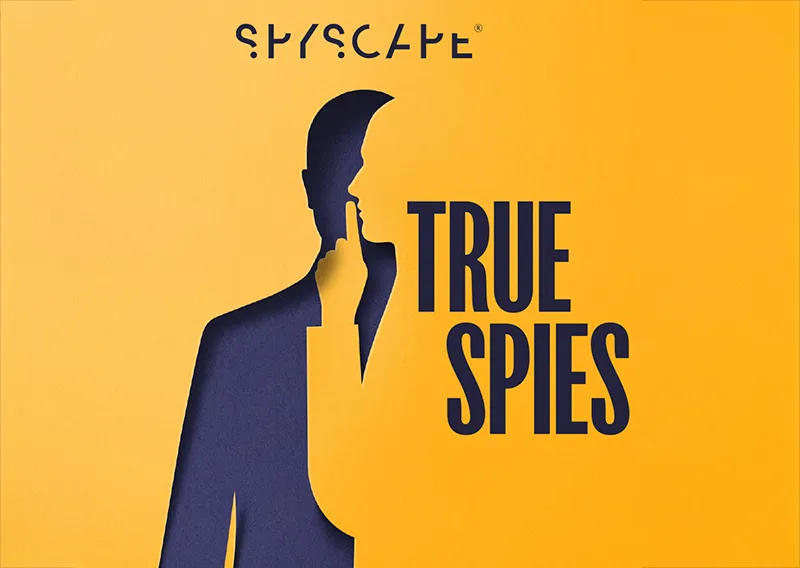
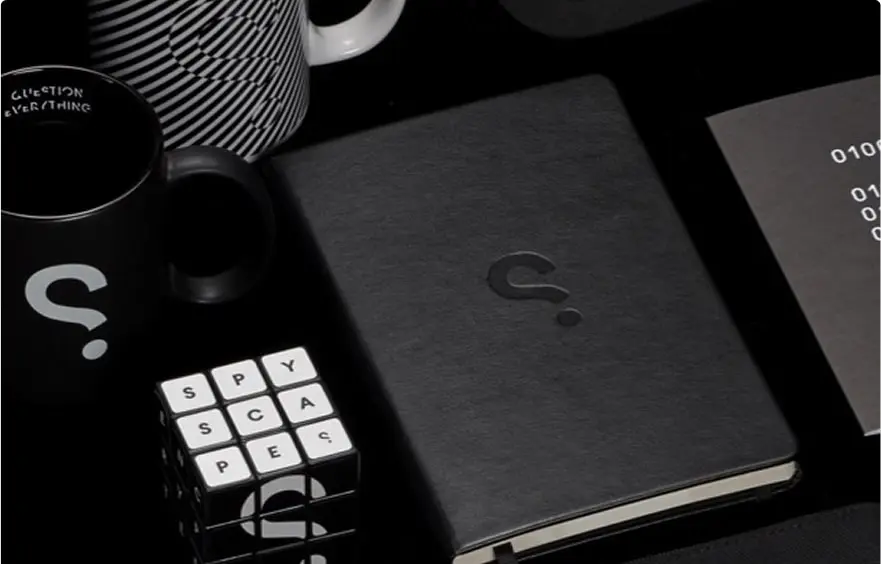
Gadgets & Gifts
Explore a world of secrets together. Navigate through interactive exhibits and missions to discover your spy roles.
Your Spy Skills
We all have valuable spy skills - your mission is to discover yours. See if you have what it takes to be a secret agent, with our authentic spy skills evaluation* developed by a former Head of Training at British Intelligence. It's FREE so share & compare with friends now!
* Find more information about the scientific methods behind the evaluation here.
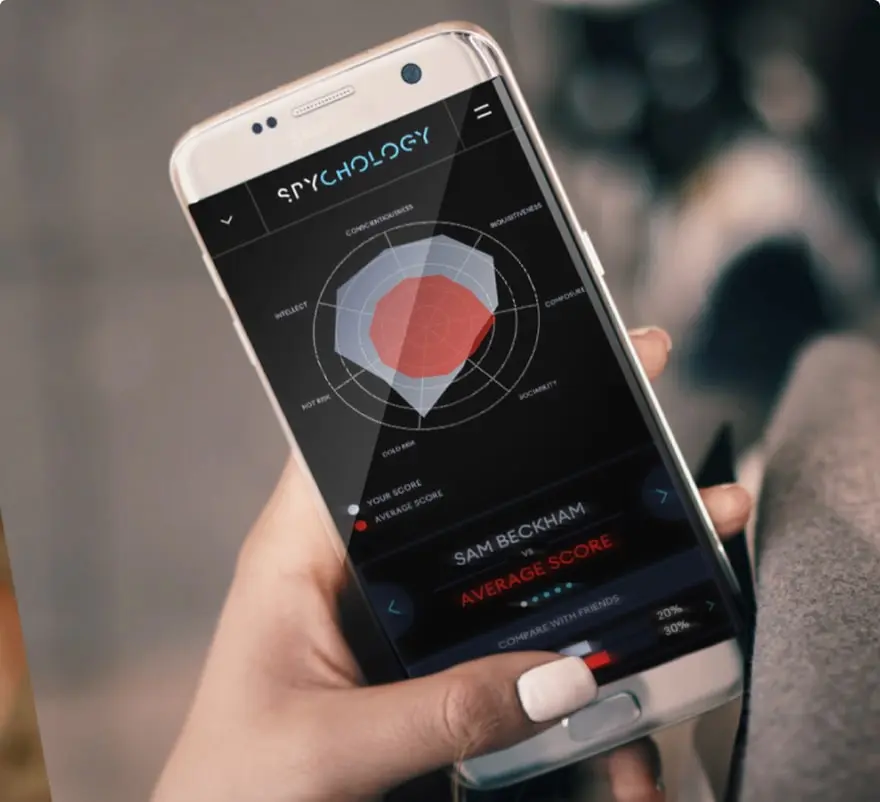

Stay Connected
Follow us for the latest
TIKTOK
INSTAGRAM
X
FACEBOOK
YOUTUBE